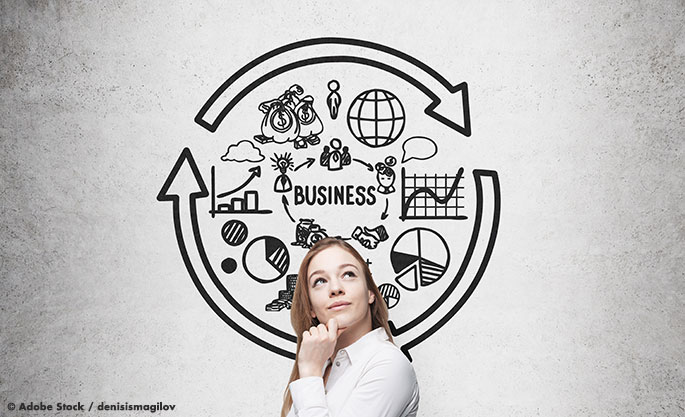
Our economic model now is linear. We take resources, make a product, sell it, and when it is used up, throw away the remains. The circular economy is the one of our future, in which everything has a use and a productive place to go. Resources are used for something, and then are used for something else, and something else after that. Used coffee grounds go into mushroom farming. Glass is recycled endlessly. Food waste goes into an anaerobic digester to make gas which runs farm equipment. The materials in consumer electronics are taken apart and their elements reused. We have mined enough metal; we just need to stop throwing it away.
The nature of a circular economy is sustainability and finding a use and value for everything. This system naturally relies on local hub economies, rather than one large national or global economy that is heavily dependent on shipping and long-haul transportation. Without the costs associated with shipping and transport, local food economies, in particular, can quickly move into a circular model of sustainability.
The key to moving from our current waste-heavy system to one that is circular in nature is finding a use for everything and developing systems for materials to be segregated. There are two types of resources which should flow into circular paths: biological nutrients, and technical resources. It is easy to picture biological nutrients and materials being used in a circular path. We grow food in compost.
Technical resources such as energy, metals, and elements that need to be mined will need creative recycling and repurposing, as well as a paradigm shift in thinking. We need to develop thinking of recycled material as a material resource that can reenter the production system. Our current methods of obtaining raw materials for industrial manufacturing are not sustainable and cause significant environmental damage and human health costs. The system looks at short-term profit and loss, rather than resource sustainability or secondary costs to obtain materials.
But we already have a recycling industry. It will, as we move toward developing circular economies, be at the forefront of the new paradigm thinking. Everything needs to be recycled. Everything can enter the biological or technical production system as a resource somewhere along its circular path. We’re just beginning to think carefully about how we’re using natural resources. Now we need to think about how to reuse, and reuse again, and let our natural systems move organically into sustainability.




































































































































 Three Ways to Engage Teams and Clients to Maximize Your Recycling Program Engagement
Three Ways to Engage Teams and Clients to Maximize Your Recycling Program Engagement  How to Integrate Accessibility Into Your Sustainability Planning
How to Integrate Accessibility Into Your Sustainability Planning  Why Park Benches Can Promote Workplace Well-Being
Why Park Benches Can Promote Workplace Well-Being 
